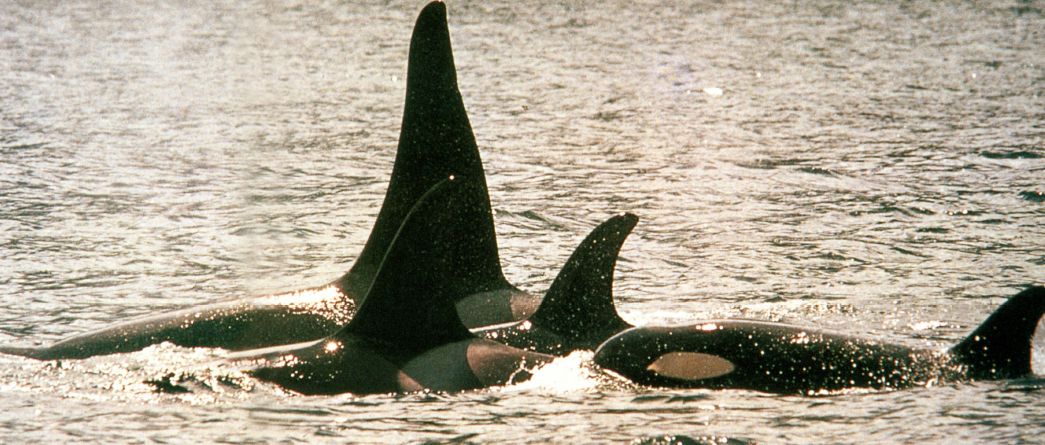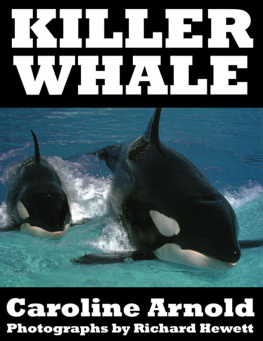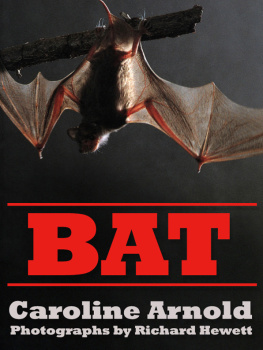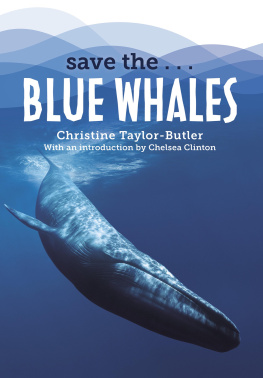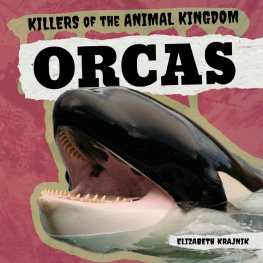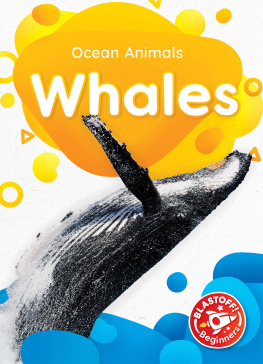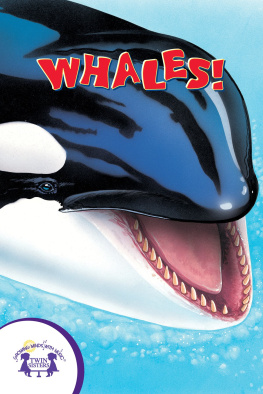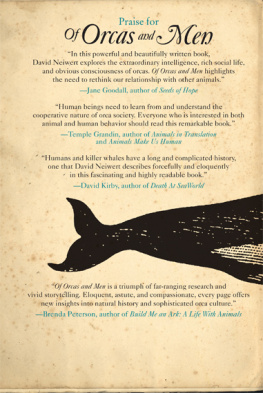CONTENTS


Guide
ACKNOWLEDGMENTS
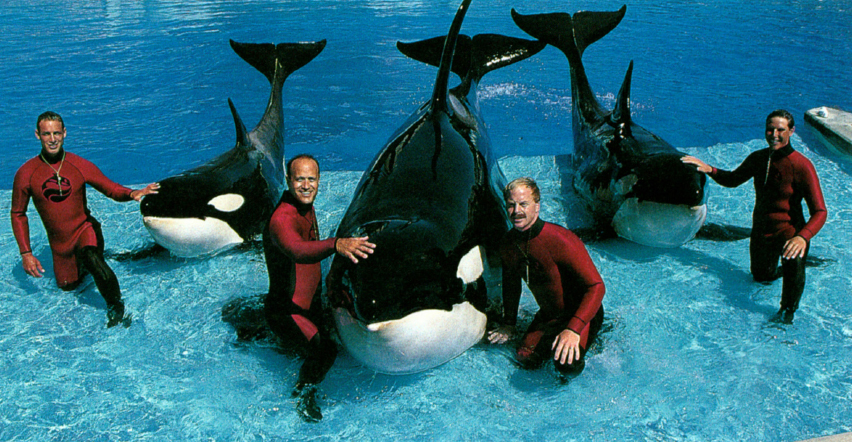

We are grateful to the staff at Sea World of California for their cooperation and assistance on this project. We especially appreciate the help of the curator of animal training, Mike Scarpuzzi, and all of his killer whale trainers; Daniel LeBlanc and Margaret Retzlaff in the public relations office; and Dr. Jim McBain, corporate director of veterinary medicine. We also thank the Cabrillo Museum in San Pedro, California, and longtime friend Don Jim for their assistance. And, as always, we thank our editor, Andrea Curley, for her continued support.


Visit FableLearning.com
For more great books!
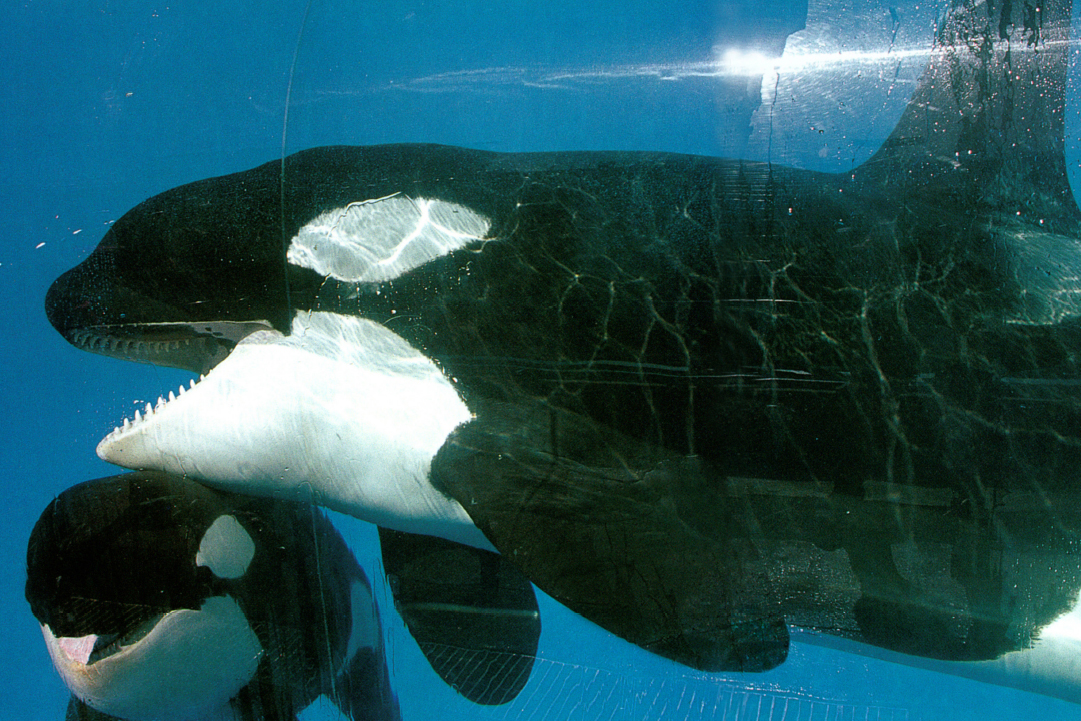

Propelled by their powerful tails, the young killer whale and her mother glided gracefully through the salty water. They could see their trainer waiting for them on the other side of the pool. Sleek, strong bodies and well-developed senses help make killer whales the top predators of the sea. These same qualities make them popular at marine parks and aquariums.
One-and-a-half-year-old Takara and her mother, Kasatka, are among five killer whales that live at Sea World in San Diego, California. Several other marine parks in North America, including Sea World of Florida, Ohio, and Texas, also have killer whales. Since few people have the chance to see killer whales in the wild, parks like these provide the opportunity to observe these animals up close and to learn more about their amazing abilities.
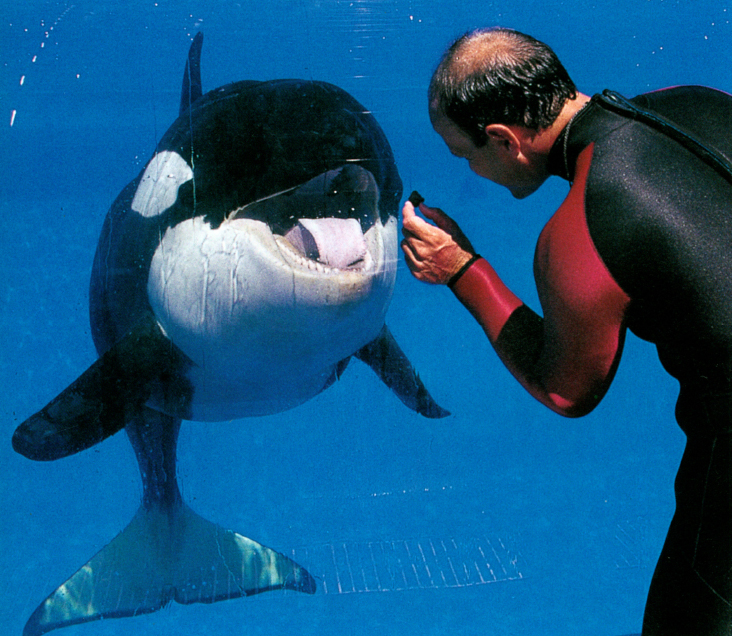

Scientists who study killer whales in the wild are learning much about where they live and how they behave. But some questions are hard to answer because it is often difficult to see exactly what killer whales are doing when they are underwater or far away. Captive-born killer whales like Takara provide people with a unique opportunity to study these marine creatures in detail and to find out how their young grow, learn, and behave. As we learn more about killer whales, both in the wild and in captivity, we will be better able to understand their role in the oceans of the world.
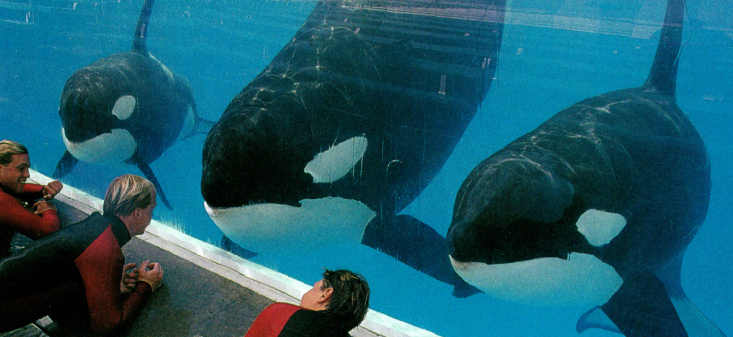

Trainers work with killer whales in and out of the water.
The killer whales at Sea World live in huge salt-water pools. People can see the whales as they swim at the surface and underwater. With plenty of room to move around, the killer whales behave in many of the same ways they would in the wild.
Several times each day, the killer whales and their trainers put on a show for visitors. When Takara performs, her stage name is Baby Shamu. (Shamu is the name of a famous Sea World killer whale.)
The original Baby Shamu was born in 1985 at Sea World of Florida and was the first killer whale to be born and successfully raised in captivity. Takara is one of several killer whales that have been born at other Sea World parks since then. All of them are called Baby Shamu when they perform. But when Takara works with her trainers, they call her by her real name.
In the show, the killer whales perform both singly and as a group. The tricks they do for the audience are based on their natural behavior. Swimming, sliding, leaping, and diving are activities that wild killer whales do every day as they interact with one another and search for food. After the show, people can see the killer whales up close through the thick plastic sides of their pool.
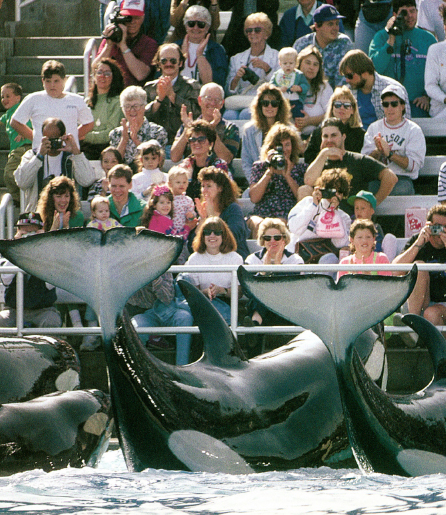

Killer whales are carnivores, or meat eaters. They cruise the ocean in search of prey, which they kill and eat. That is why they are called killer whales. In the wild, their main food is fish, but they also eat other whales, dolphins, seals, sea lions, walrus, squid, and sometimes seabirds and otters. In one part of the performance, the killer whales slide out onto a shallow platform in the center of the stadium. This is the same way a wild killer whale might slide out of the water onto an ice floe or a beach in pursuit of a seal or a sea lion.


Killer whales are found in oceans all over the world, ranging from the icy waters near the poles to regions near the equator. They can be seen both in open water and along coastlines, but they are most common within 500 miles (800 kilometers) of land.
In the wild, killer whales live in groups called pods. The pod may have fewer than 5 or as many as 20 or more whales in it. The leader is one of the older females, and other members are her offspring or close relatives. A whale usually lives in its mothers pod for its whole life, and it develops strong ties with the other members.
In the wild, a pod may split into smaller groups, if it grows very large or if the leader dies. Each new pod consists of closely related whales and is led by one of the older females. Although the pods then hunt and travel separately, they may still meet occasionally and stay together for a short time. Groups of related pods are called clans.
